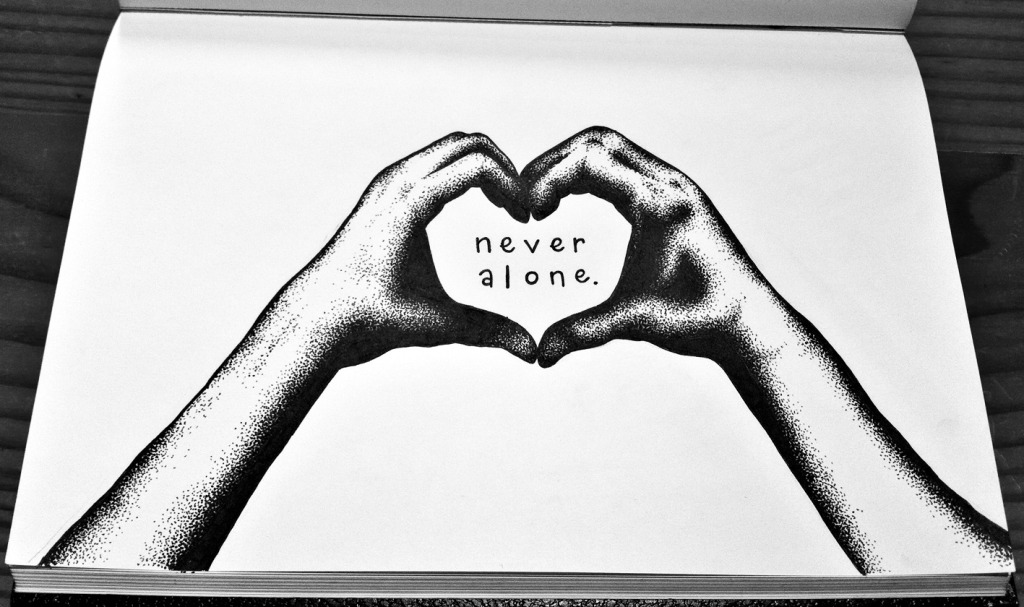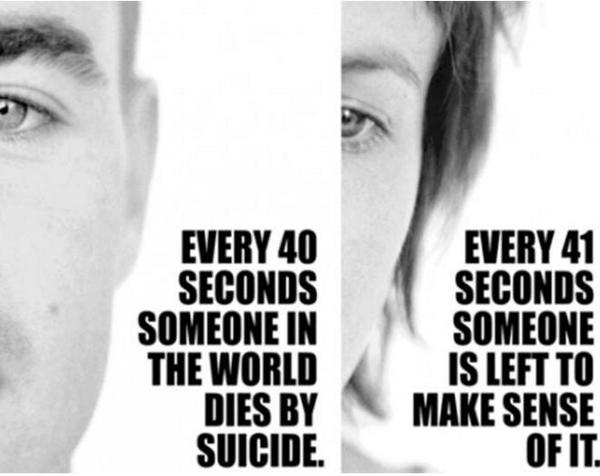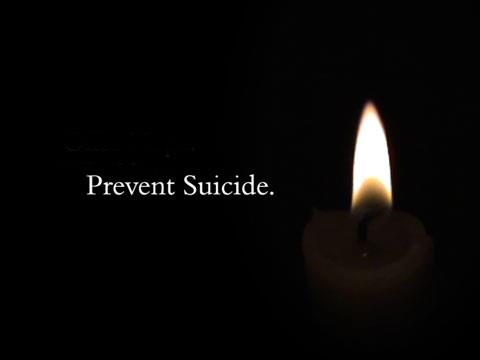
Today is September 10th, and it is World Suicide Prevention Day, part of this week’s National Suicide Prevention Week. On this week — and especially on this day — mental health advocates around the world join forces to try and raise awareness about mental health, mental illness and suicide, and erase the stigma around these conversations.
As I’ve written in the past, ending the stigma around conversations on mental health and suicide within the Asian American and Pacific Islander community are of critical importance to me. Those who live with depression fight an invisible and omnipresent daily battle, and many of them are part of our community: Asian American women have the highest rate of depression and suicide among women of any race and ethnicity. On college campuses, Asian American youth report higher rates of depression symptoms — regardless of gender — than do their White peers. Yet, due in part to stigmas surrounding mental illness and inadequate mental health resources, Asian Americans have among the lowest rate of reporting for symptoms of depression, and wait until symptoms are more severe before they decide to see a doctor.
Consequently, suicide rates are alarmingly high among Asian Americans. As mentioned, Asian American women of most ages have the highest rate of suicide among women of all races, as well as the higher rates of contemplating suicide. Studies show that Native Hawaiians have high rates of contemplating suicide, and Pacific Islander youth, particularly those who identify as LGBTQ, had markedly higher rates of self-harm and suicide than White gay or straight teens. Southeast Asian Americans ethnicities commit suicide at the highest rate of any refugee population, and at rates several times greater than the national average. Two studies conducted in 1994 also revealed that Chinese American and Japanese American elders — particularly elderly men — had the highest rate of suicide among any elderly population within the United States.
The cultural stigma surrounding mental health conversations within the Asian and Asian American diaspora transcends national boundaries, and produces high suicide rates around the world. Several Asian countries — including South Korea, Japan, Sri Lanka, Bhutan and Taiwan — have national suicide rates far in excess of that of the United States. In South Korea, for example, 28.1 suicides are recorded per 100,000 people — more than twice the national rate in the United States — and both men and women are at significantly higher risk. Yet, while South Korea, North Korea, and Japan top the world’s list of high suicide rates, other Asian countries including China, the Phillipines, India and Cambodia have far lower suicide rates than the United States or even their neighbours.
Around the world, men are at far higher risk for suicide than women, and in Japan 71% of suicides are committed by men. Similar to in America, suicide is the leading cause of death for young men. Yet, unlike in America, Japan has made suicide prevention a national priority, and are committed to reducing the national suicide rate. Whereas both countries have invested significant federal dollars into mental health programs — Japan invested $12.4 billion yen ($133 million US, or $1.06/person) in suicide prevention programs, while America invested $1.1 billion (or $3.50 / person) in all its mental health programs, of which suicide prevention programs are only a fraction of services offered — the difference lies in the openness with which Japan tackles the conversation surrounding mental health and suicide. Whereas Japan is fully engaged in changing cultural opinions surrounding suicide, In America, topics of suicide are still considered taboo.
It should come as no surprise, therefore, that whereas Japan’s high suicide rate is steadily dropping over the last several years, America’s suicide rate rose by 30% in the last two years alone.
Fighting depression and suicide is a complex, multidimensional problem. But, it starts with the willingness to have the conversation. In America, too few of us are fully aware of the issues surrounding mental health and suicide. Too few of us know how pervasive a disease depression is among communities of colour. We fail to hammer home the simple fact that regardless of the relative rates of suicide within various racial or ethnic group, even just one suicide is one suicide too many. No lives deserve to be lost by suicide, particularly as the price to our own national complacency on this issue.
Thankfully, the tides are shifting both within and outside our specific AAPI community. Within the AAPI community, many more outlets are talking about mental health and suicide than ever before. Just recently, Kiran Ahuja, the director of the White House Initiative on AAPIs, opened up to this year’s Asian American Psychological Association conference about her family history of suicide. These kinds of courageous acts that would destigmatize the discussion surrounding depression and suicide, and bring this topic out of the shadows, is the necessary work all of us can facilitate. That is the goal of World Suicide Prevention Day.
So, please join me today in fostering a much-needed national conversation surrounding mental health and suicide prevention today. Share this post to start the conversation now, and check out Twitter for more resources.
Read more: Here is a list of all my writing on mental health, depression, and suicide on this blog.
If you are or know someone who may be contemplating suicide, please check out the following resources:
If you or someone you know is contemplating suicide, call:
- 1-800-273-8255 (TALK), 24hr National Suicide Prevention Hotline, >150 languages available
- 1-877-990-8585, 24hr Asian LifeNet Hotline, Cantonese, Mandarin, Japanese, Korean, Fujianese available


